Buchenwald Concentration Camp, June 2009.
photos Pete Grafton

Former railway track leading to Buchenwald concentration camp.

The No. 6 bus to Buchenwald. Weimar, June 2009.
________________________________
Buchenwald Concentration Camp is on a wooded hill near the town of Weimar in eastern Germany. It is a 10 km (6 mile) bus ride from the town. The camp was built in 1937 and liberated by American troops in April 1945. Between 1937 and 1945 it is estimated that 56,545 inmates died, from being shot, hung, worked to death or from illness.

Former goods sidings at Weimar railway station. Some transits for Buchenwald left from here.

Site of railway track leading into Buchenwald. The railway was built by Buchenwald prisoners.

Buchenwald railway track. Work on memorial stones to those that died.

Memorial stones to four of the estimated 56,000 who died at Buchenwald.

Journey’s end: the Buchenwald terminus of the railway line. In the foreground a few artifacts found during the ‘restoration’ of the line.

The main entrance gate to Buchenwald concentration camp: Jedem Das Seine – To Each His Own.

Medical examination slab, Buchenwald.
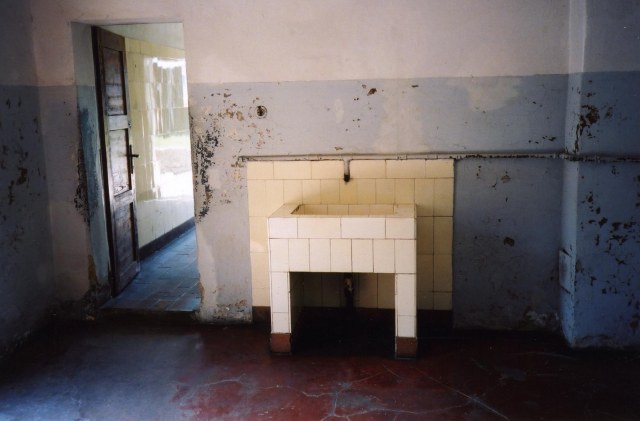
Sink, crematorium complex, Buchenwald.

Floor of wash-up surgical area, crematorium complex, Buchenwald.

Visitor in the surgical wash-up area photographing former prisoners of Buchenwald.
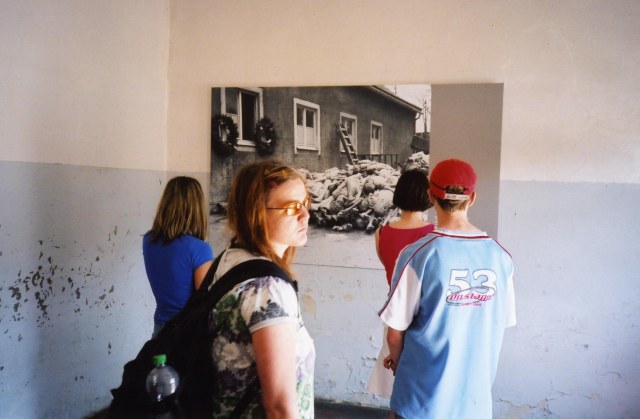

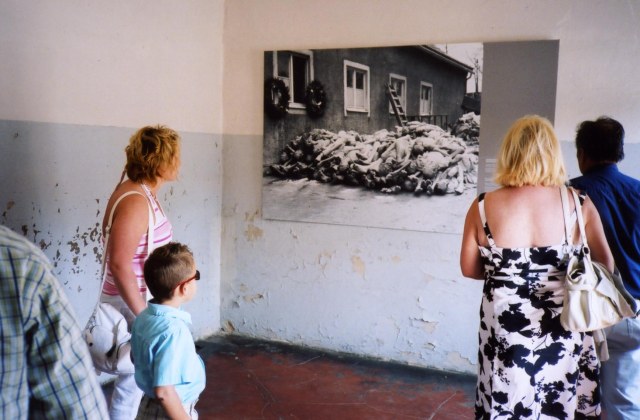


Crematorium ovens, Buchenwald.

Crematorium ovens, a bouquet of flowers and a little girl, Buchenwald.

Reproduction from Visitors “Comments” book: “Danke Hitler – Thanks Hitler“, and below it, a Deutsche Volksunion sticker.

Gents urinals in the Buchenwald visitor centre.
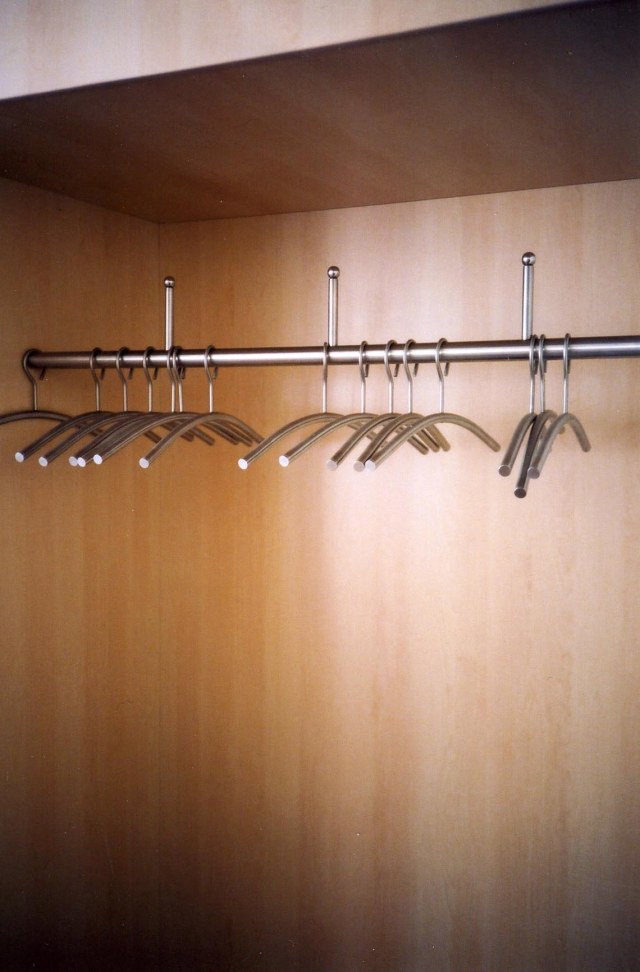
Empty coat-hangers in the Buchenwald Visitor Centre cafeteria.

Visitor Centre foreground and SS NCO barracks in the background, Buchenwald.

“Effects, clothing and equipment depot building”, Buchenwald.

Levelled area of prisoners buildings, Buchenwald.

Levelled prisoners buildings, looking towards Stores Depot building, Buchenwald.

Levelled ground of prisoners buildings, looking towards main entrance of the camp, Buchenwald.
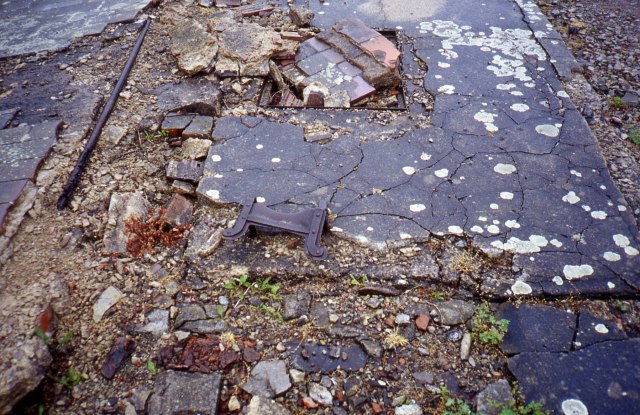
Boot scrape amongst levelled ground at Buchenwald.

Rear view of the Crematorium, Buchenwald. Note the “No Smoking ” sign and the “No dogs” sign. The concentration camp guard-dog kennels are still intact. The kennels are near the SS NCO barracks, shown to the rear of the photo of the Visitor Centre entrance.

Buchenwald concentration camp security van, 2009.

Buchenwald concentration camp Siemens/MAN standby emergency generator to maintain the electricity supply to the electrified fencing, perimeter searchlights and lighting within the camp.

Detail of the Siemens/MAN emergency standby generator – “MAN Dieselmotor”, Buchenwald.
__________________________________________
Soviet Camp No.2 Buchenwald 1945 – 1950.
Because of agreements made at conferences at Yalta (January 1945) and Potsdam (July 1945) between the USA, UK and the USSR, the American forces were obliged to withdraw from Buchenwald and Weimar to a line approximately 275 km (170 miles) to the west, leaving behind an area that eventually became part of the DDR (the German Democratic Republic). Soviet forces, including the Soviet equivalent of the German Gestapo, took over. At Buchenwald a concentration camp was set up by the Soviets, known as Soviet Camp No.2. The prisoners were alleged political or “class” enemies. It was run by the Soviets from 1945 until 1950. It is estimated 7,113 prisoners died at the camp. They were buried in unmarked mass graves in the surrounding woods. The camp was handed over to the Soviet satellite state the DDR in 1950.

“Stalin: The Best Friend of the German People” poster in the small exhibition area dedicated to Soviet Camp No. 2, Buchenwald.

Surviving perimeter concrete fence posts of Soviet concentration camp No.2, Buchenwald.

After the collapse of the DDR in 1990 poles were erected marking the mass graves of those who died in the Soviet Camp No.2 Buchenwald. This wooded area is near the railway track that leads into Buchenwald Concentration camp.

Buchenwald Concentration Camp 1937 – 1945: A Guide to the Historical Exhibition. Wallstein Verlag, 2004. This is an essential in-depth book about those who were sent to Buchenwald, life inside the camp, and the liberation of the camp in April 1945.

The No.6 bus returning from Buchenwald to Weimar.
________________________________________________
The photographs were taken over two days in June, 2009. Photos taken by Pete Grafton. For use of a photo or photos please use the Leave a Reply box below.
_____________________________

The pictures speak for themselves. That light touch makes it even more moving.
LikeLike